Volta’s latest project introduces interdisciplinary performance to the Los Angeles art fair landscape to explore the makings of a home.
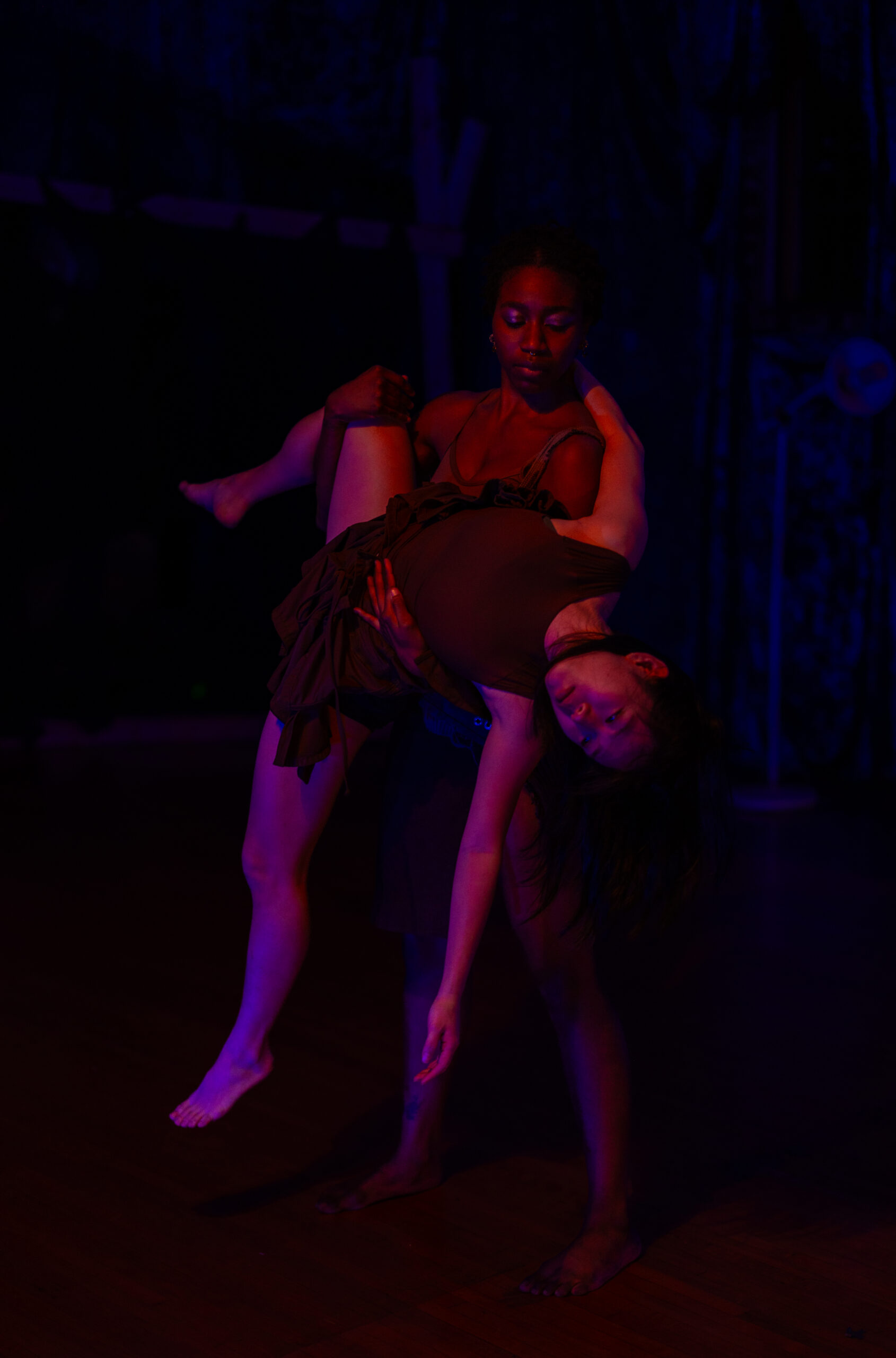
What makes a home? It could be a particular set of drapes or a chair with indents on the arms worn out with age. Volta’s “Glass House,” presented by Central Server Works from February 29th to March 3rd, offers a spiritual investigation of the home that combines the worlds of music, visual arts, and dance into a single narrative.
The immersive, interdisciplinary performance, which is being presented at G-Son Studios in Atwater Village, aligns with Frieze and Felix art fairs currently running in Los Angeles and is a tour de force pushing to show audiences a new reality of artistic creation. The piece includes a soundscape filled with footsteps, a vacuum cleaner, and kids playing by the pool, which meshes with sculptures altered by movement and dance that altogether evoke feelings of nostalgia and loss. Unlike most big events in conjunction with the fairs, Volta’s “Glass House” is a daring addition that shows viewers that art can be multidisciplinary with space for performance to take the wheel.
The work is inspired by Carl Jung’s philosophy of the dream house. According to Jung, our psyches can be viewed as a metaphorical house. There’s a version of the house that we are familiar with and is built from our childhood lives. Then, there is an external version of the house that is made by the collective and holds a shared connection to the community that inhabits it.
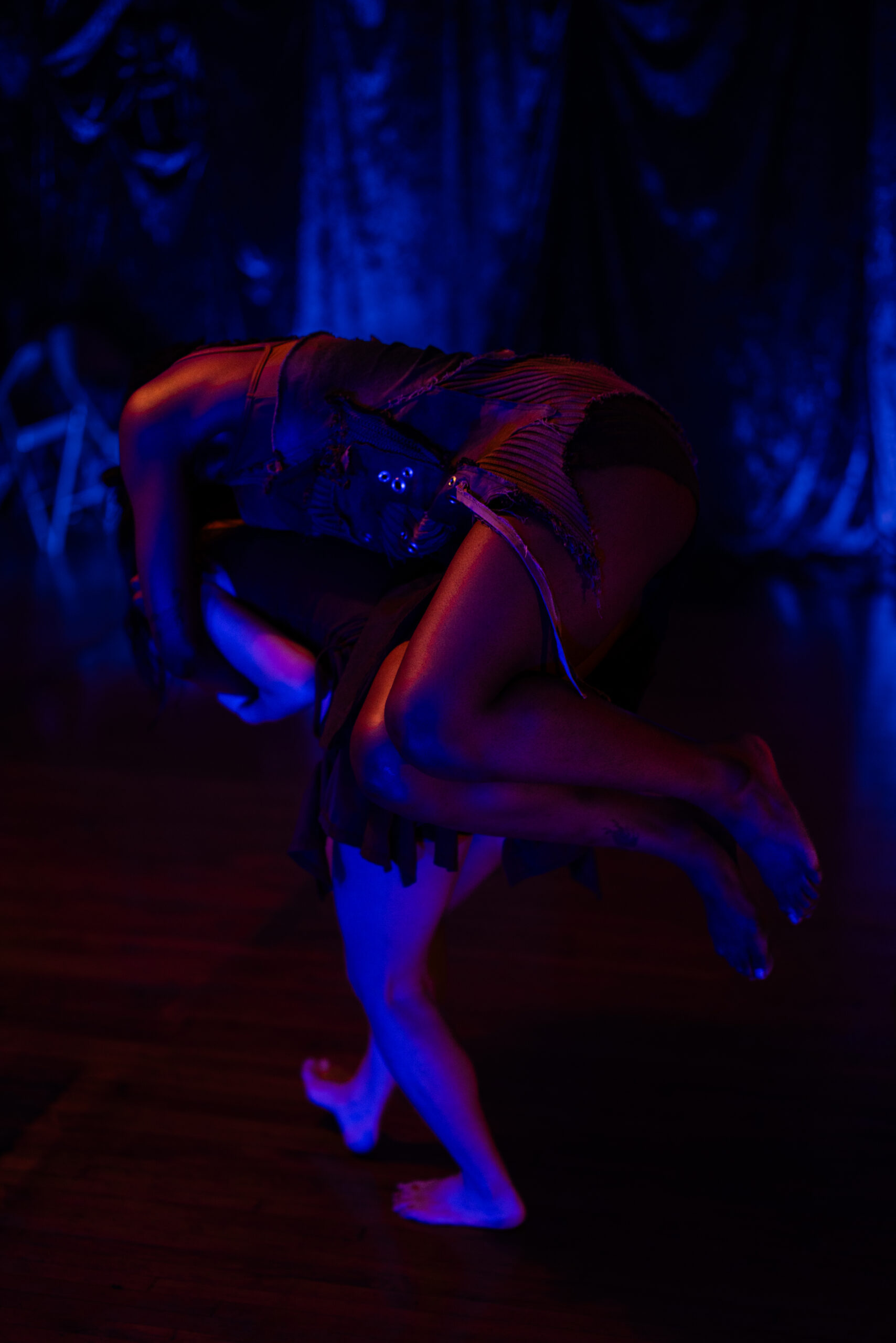
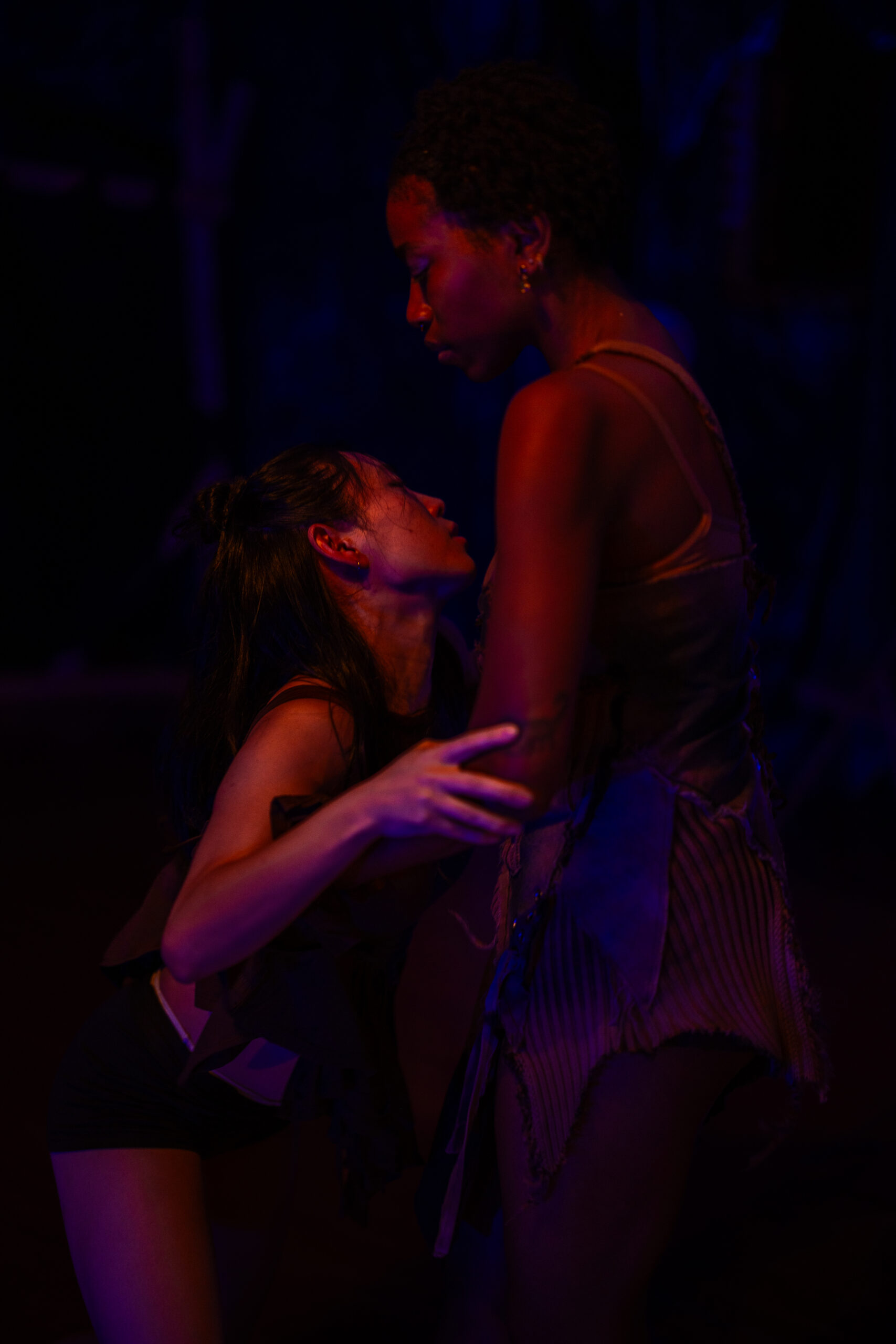
Jung’s philosophy manifests in “Glass House”, not only through the story by Sammy Loren and Zoey Greenwald but also through the creation of the piece itself. Each artist involved contributed their own story and artistic expertise to create a world — or home — within the piece. Volta director Mamie Green, who also directed the show, calls it a “deconstructed image of home.”
“Hopefully, for audiences, it doesn’t feel like there’s this play where there are these isolated art forms, but it feels very integrated into a whole experience,” she said.
Each contributor to the project has a specific voice that highlights their personal house. Interdisciplinary artist Gbenga Komolafe, whose sculptures are used in the piece, provides a spiritual energy to the piece through immersive installations that help transport viewers into a new world and their psyche.
“It [‘Glass House’] does have this transcendental aspect, which doesn’t happen that often, but sometimes art is able to change your life and remind you of a higher power,” Komolafe said.
Meanwhile, composer Patrick Shiroishi contributed a soundscape of home that pushed him to think introspectively about his own ideas of home — from his racial identity to his life on the road touring as a musician.
“I think a lot of my own like solo music has to do with my processing of like family, what my family has gone through in past generations — my grandparents being in the concentration camps during World War II where Japanese Americans were held — and what that meant for my parents and myself,” he said.
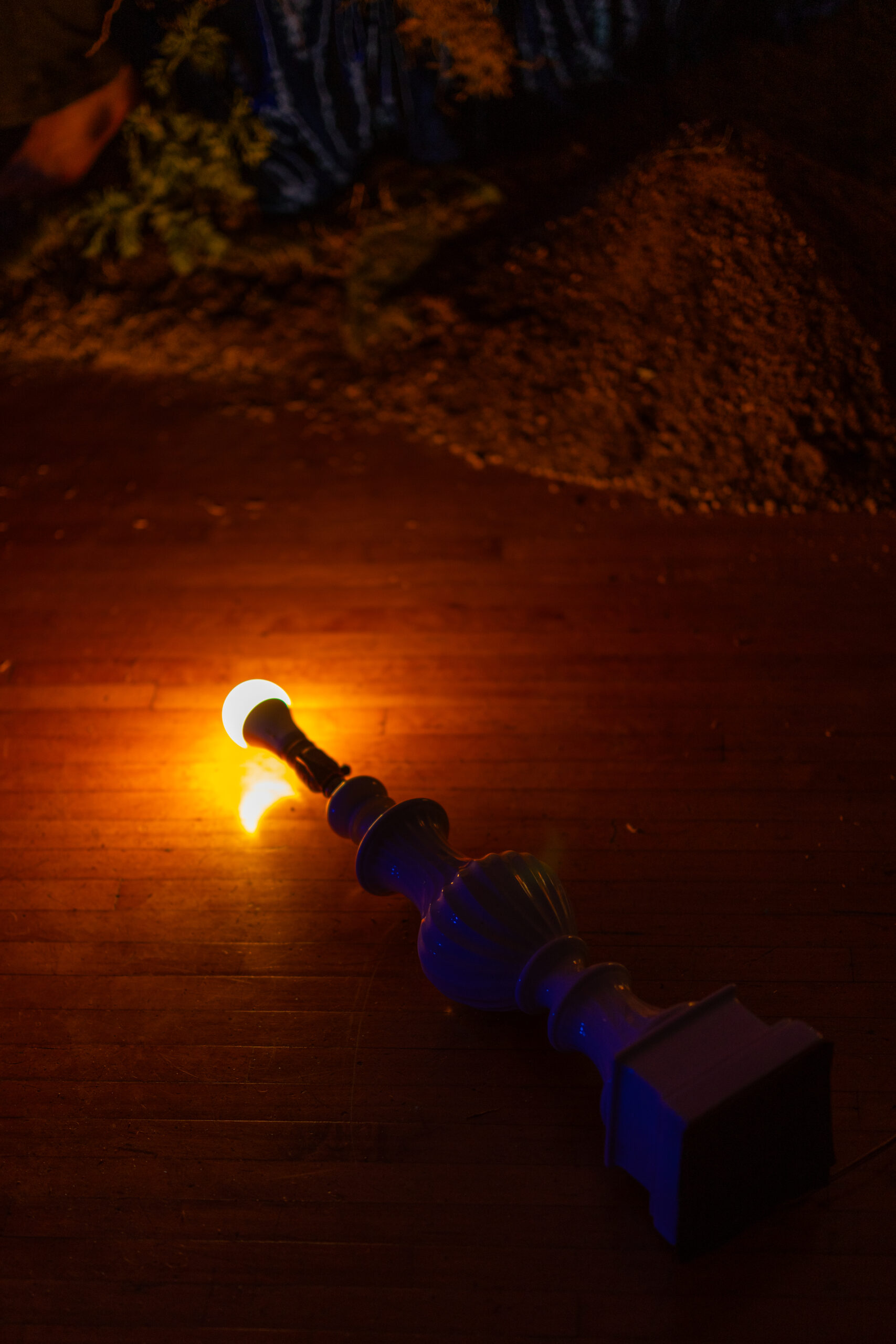
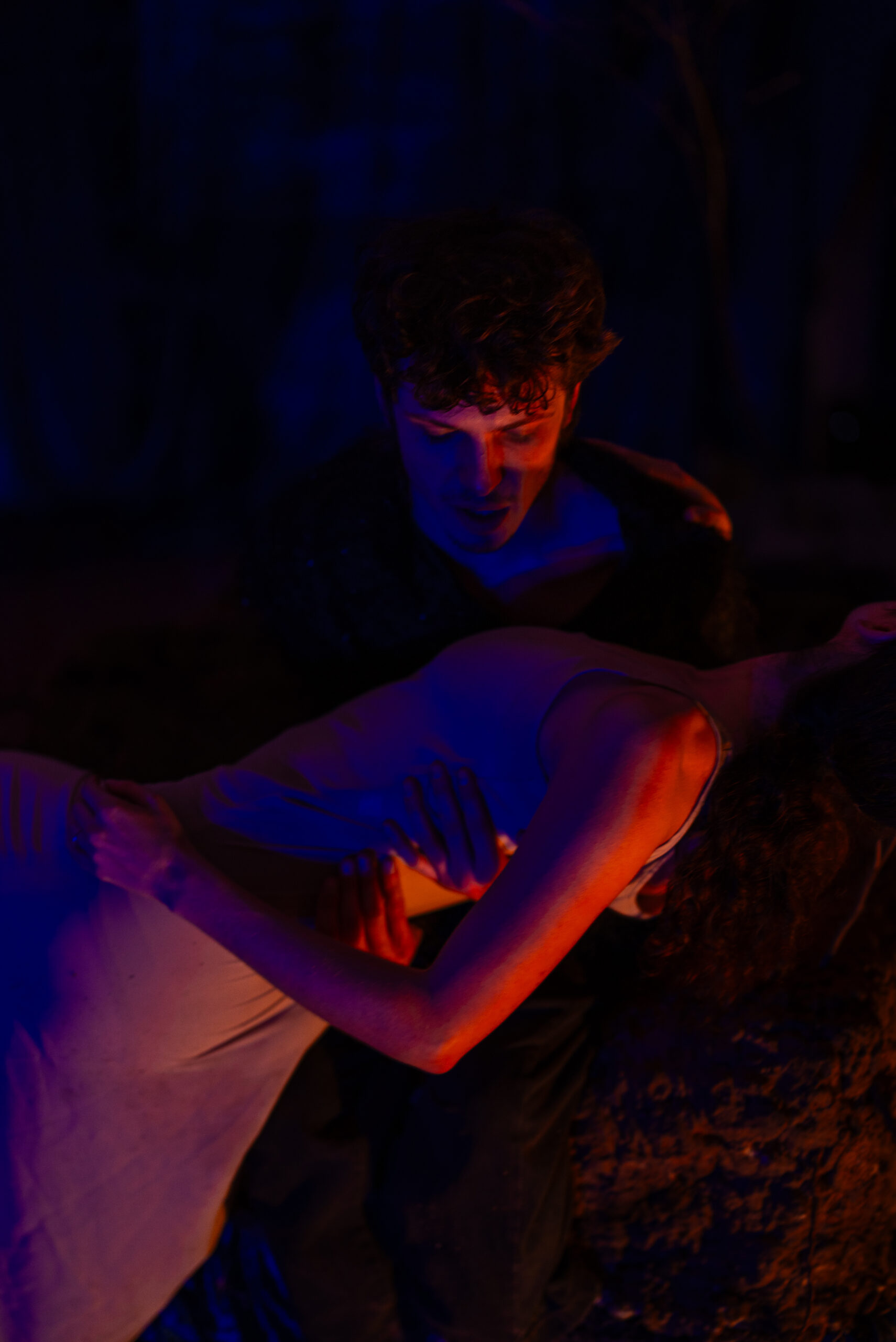
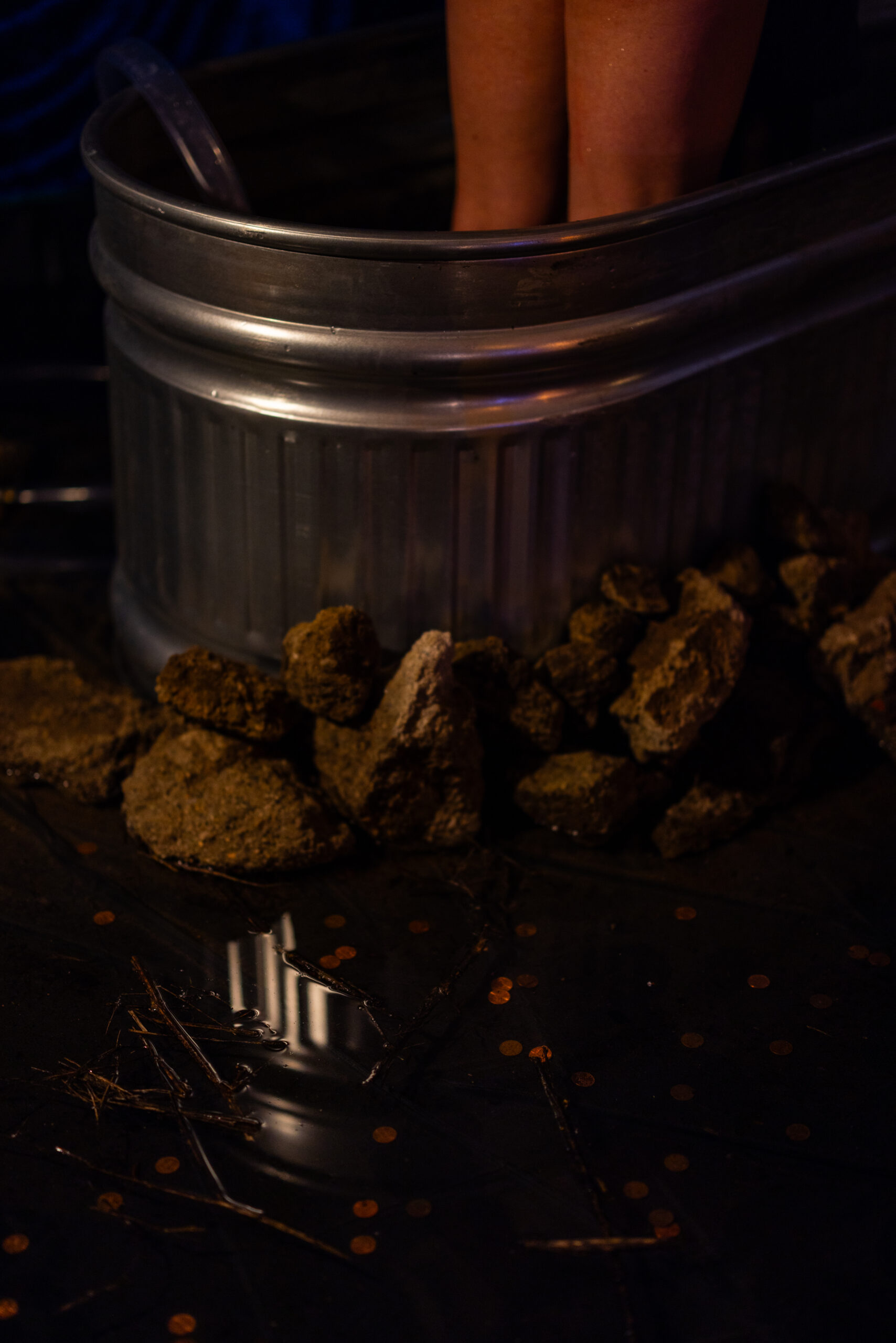
The performance takes Jung’s metaphor a step further by giving each character permission to interact and affect one another’s internal version of the home. These disruptions come in the form of fabric installations that tear open to expose dancers on the other side and water-soluble garments that expose the skin of performers throughout the show.
“I wanted to create this feeling that the world of the piece was crumbling around us,” she said.
Across all four performances of the show, the installations created by Gbenga Komolafe will alter through audience and performer interactions. The changes won’t be reversed and reset before each show. Instead, the pieces will remain the same and continue to be altered from show to show.
“I think that’s a really interesting and beautiful metaphor for life and how we all interact with each other and affect and leave our mark on people through these experiences,” Green said.
Joshua Oduga, the owner and director of Central Server Works, came across Green and her work by chance. She attended a reading at the gallery and upon introduction, the two recognized that their aspirations for the art world aligned. Similar to a shift in fabric or the alteration of materials in “Glass House,” Oduga and Green’s connection spawned a new reality.
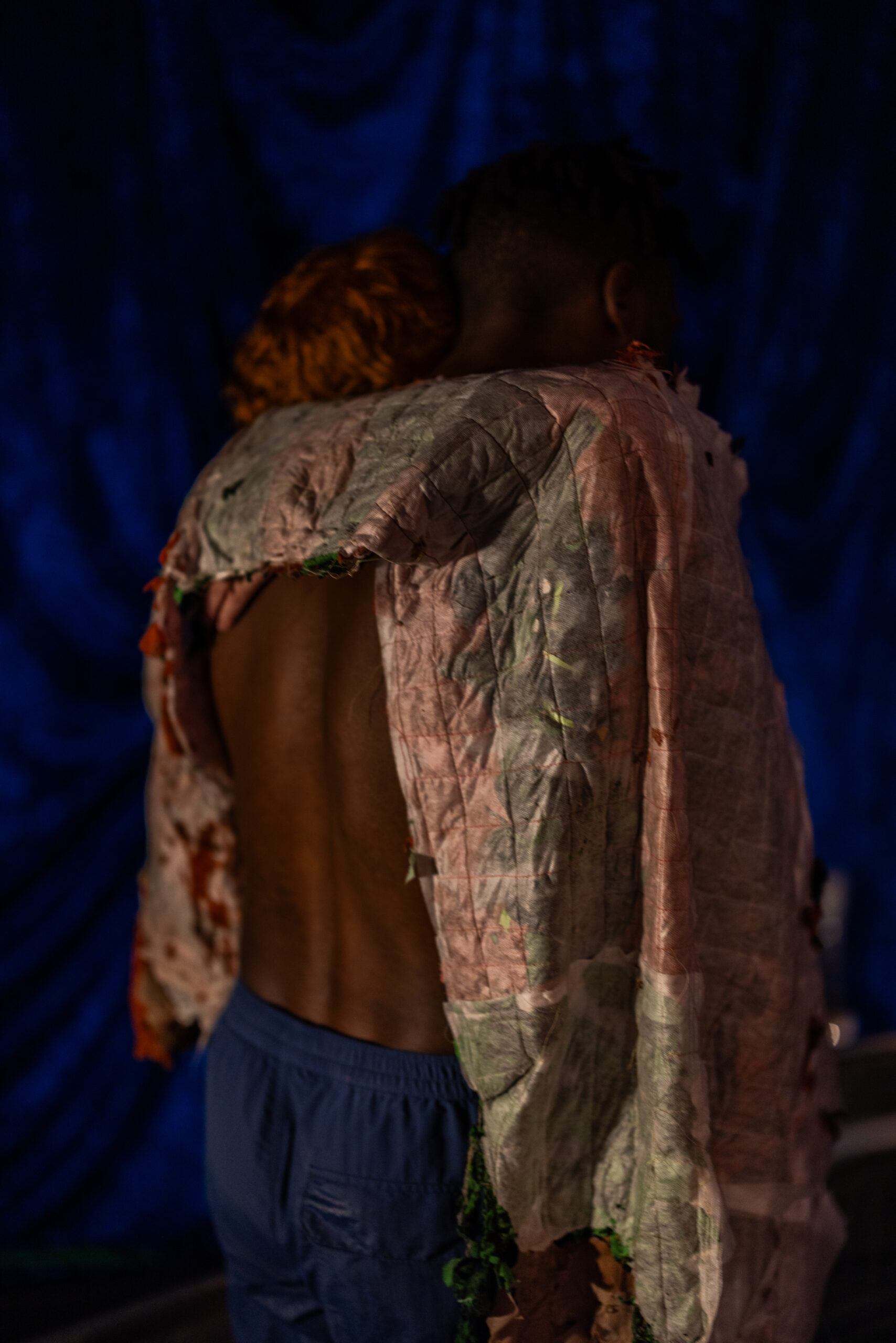
“I saw what she [Green] was doing and how she commanded the team that she worked with, and I wanted to empower her from an infrastructure standpoint,” Oduga said.
Since the inception of Central Server Work in 2022, Oduga dedicated the gallery to supporting and fostering interdisciplinary work, introducing the performing arts into the visual arts space.
“It’s safe to say that when galleries look at what they’re going to present in a year, that for some of them, it’s very formulaic,” he said. “I think presenting performance practices and devoting resources to that over a long period of time is great.”
In an effort to explore the concept of home, Green and the team of artists developed a collaborative work that challenges ideas of what constitutes a piece of art. She believes there is no distinction between the performance, visual art, and food world. “Glass House” is a contribution to a wave of artists creating out of pure curiosity.
“Let’s make this new thing — this thing that is not a dance performance with a fine art element,” Green said. “It’s really like we’ve built this from the ground up conceptually.”
Written by Steven Vargas





